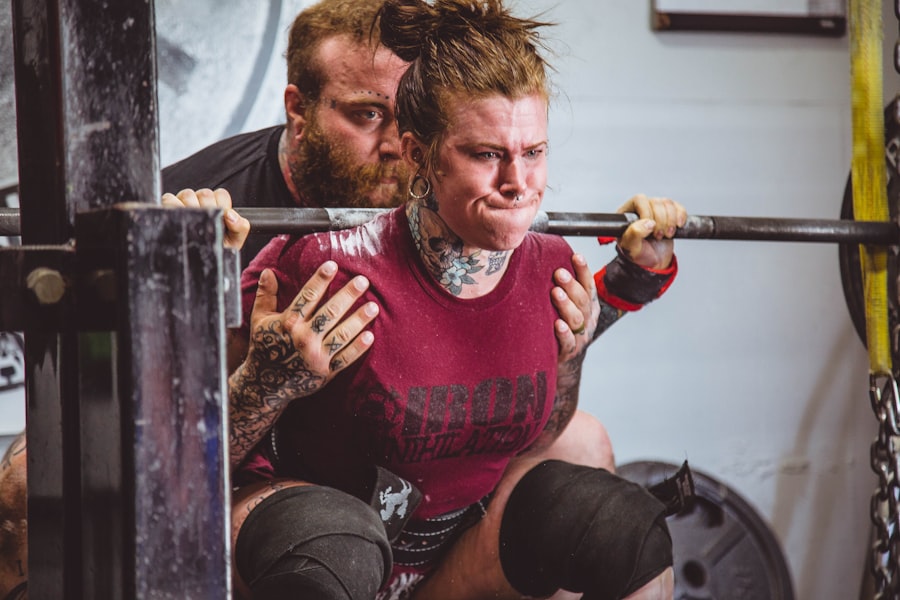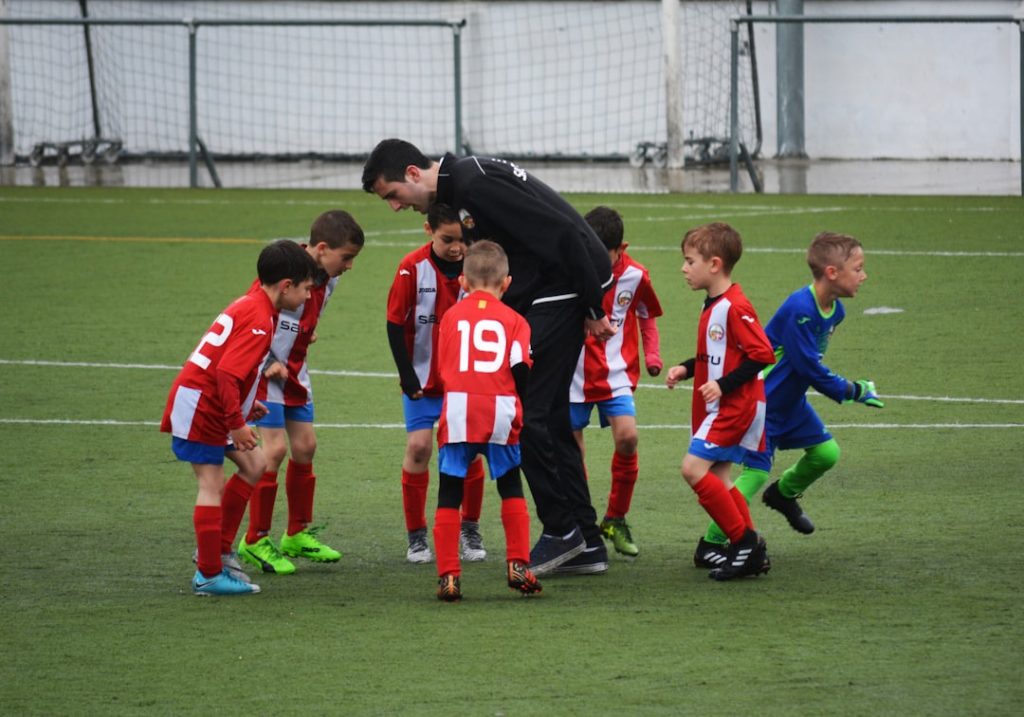Understanding dog behavior is essential for ensuring their well-being and the safety of others. Dogs have individual personalities and behaviors, and some may exhibit aggression due to fear, anxiety, or past trauma. Aggressive behavior can manifest as growling, barking, snapping, or biting.
Identifying the root cause of aggression is crucial for effective management. Aggression in dogs can also result from lack of socialization, inadequate training, or medical issues. Some dogs may display aggressive behavior to protect themselves or their territory.
Recognizing triggers for aggressive behavior is key to addressing and managing it. By understanding aggressive dog behavior, owners can take proactive steps to prevent incidents and create a safe environment. Recognizing body language and signals indicating aggression is important.
These may include raised hackles, stiff body posture, showing teeth, and a fixed stare. Identifying these signs allows owners to take appropriate action to prevent escalation and ensure safety. Understanding aggressive dog behavior is the first step in addressing the issue and creating a safe, harmonious environment for both the dog and those around them.
Table of Contents
- 1 Training and Socialization
- 2 Secure Enclosures
- 3 Supervision and Monitoring
- 4 Positive Reinforcement
- 5 Seeking Professional Help
- 6 FAQs
- 6.1 What are some ways to keep my dog from killing chickens?
- 6.2 How can I train my dog to leave the chickens alone?
- 6.3 What kind of secure area should I provide for the chickens?
- 6.4 Should I supervise my dog when they are around the chickens?
- 6.5 Are there any specific dog breeds that are better suited for living with chickens?
Key Takeaways
- Dogs’ behavior is influenced by their genetics, environment, and past experiences.
- Proper training and socialization are crucial for a dog’s well-being and to prevent behavioral issues.
- Secure enclosures, such as fences and gates, are essential to keep dogs safe and prevent them from escaping.
- Regular supervision and monitoring of a dog’s behavior can help identify and address any issues early on.
- Positive reinforcement, such as treats and praise, is an effective way to encourage good behavior in dogs.
- Seeking professional help from a certified dog trainer or behaviorist can provide valuable guidance in addressing complex behavioral issues.
- Understanding and addressing a dog’s behavior through training, secure enclosures, supervision, positive reinforcement, and professional help is essential for a happy and well-behaved pet.
Positive Reinforcement Training
Positive reinforcement training techniques can be particularly effective in addressing aggression in dogs. This involves rewarding desirable behaviors with treats, praise, or toys, which can help encourage the dog to exhibit more positive behaviors.
Socialization is also crucial in helping dogs develop appropriate social skills and reducing the likelihood of aggressive behavior. Exposing dogs to various environments, people, and other animals from a young age can help them feel more comfortable and less threatened in different situations. This can help reduce fear-based aggression and improve their overall behavior.
Establishing Clear Boundaries and Leadership
In addition to training and socialization, it’s important for pet owners to establish clear boundaries and rules for their dogs. Consistent and firm leadership can help prevent aggressive behavior by establishing trust and respect between the dog and their owner. Providing structure and routine can also help reduce anxiety and insecurity in dogs, which can contribute to aggressive behavior. By investing time and effort into training and socialization, pet owners can help their dogs develop into well-behaved and well-adjusted companions.
Secure Enclosures

Creating secure enclosures for aggressive dogs is essential in preventing potential incidents and ensuring the safety of both the dog and those around them. Secure enclosures can provide a safe space for aggressive dogs to retreat to when they feel threatened or overwhelmed. This can help prevent confrontations with people or other animals and reduce the risk of aggressive behavior.
When creating a secure enclosure for an aggressive dog, it’s important to consider factors such as size, materials, and accessibility. The enclosure should be large enough to allow the dog to move around comfortably, but not so large that it becomes difficult to monitor their behavior. Additionally, the materials used should be sturdy and escape-proof to prevent the dog from breaking out or causing harm to themselves or others.
It’s also important to ensure that the enclosure is easily accessible for cleaning and maintenance. Providing comfortable bedding, toys, and enrichment activities can help keep the dog occupied and reduce stress and anxiety. By creating a secure enclosure for an aggressive dog, pet owners can provide a safe and controlled environment that helps manage their behavior and prevent potential incidents.
Supervision and Monitoring
Supervision and monitoring are crucial aspects of managing aggressive behavior in dogs. It’s important for pet owners to closely supervise their dogs, especially when they are in situations that may trigger aggression. This can include interactions with unfamiliar people or animals, visits to new places, or exposure to potentially stressful situations.
By closely monitoring their dog’s behavior, pet owners can intervene at the first sign of aggression and prevent potential incidents from occurring. This may involve redirecting the dog’s attention, removing them from the situation, or providing calming techniques to help reduce their anxiety. Consistent supervision can help prevent aggressive behavior from escalating and ensure the safety of everyone involved.
In addition to supervision, monitoring an aggressive dog’s behavior over time can provide valuable insights into their triggers and patterns of aggression. Keeping a record of their behavior can help identify potential triggers and develop strategies to manage their aggression more effectively. By closely supervising and monitoring an aggressive dog’s behavior, pet owners can take proactive steps to prevent potential incidents and create a safe environment for everyone involved.
Positive Reinforcement
Positive reinforcement is a powerful tool in addressing and managing aggressive behavior in dogs. This training technique involves rewarding desirable behaviors with treats, praise, or toys, which can help encourage the dog to exhibit more positive behaviors. Positive reinforcement can be particularly effective in modifying aggressive behavior by teaching the dog alternative ways to respond to potential triggers.
When using positive reinforcement to address aggression in dogs, it’s important to be consistent and patient. Rewarding even small instances of desirable behavior can help reinforce positive habits and reduce the likelihood of aggressive responses. It’s also important to avoid punishing or scolding the dog for displaying aggressive behavior, as this can exacerbate their anxiety and insecurity.
In addition to using positive reinforcement during training sessions, pet owners can also incorporate it into their daily interactions with their dogs. This can include rewarding calm and non-aggressive behavior during walks, interactions with other animals, or visits to new places. By consistently using positive reinforcement techniques, pet owners can help their dogs develop more positive behaviors and reduce the likelihood of aggression.
Seeking Professional Help

Assessing the Behavior and Identifying Triggers
An experienced professional can assess the dog’s behavior, identify potential triggers, and create a customized training plan to modify their aggressive tendencies. This comprehensive approach helps to understand the root causes of the aggression and develop targeted strategies to address it.
Behavior Modification Techniques
Professional help may also involve implementing behavior modification techniques, such as desensitization and counter-conditioning, to help the dog develop more positive responses to potential triggers. These techniques can be highly effective in reducing aggressive behavior and promoting a more calm and relaxed demeanor.
The Importance of Early Intervention
It’s essential for pet owners to seek professional help as soon as they notice signs of aggression in their dogs. Early intervention can help prevent potential incidents and improve the overall well-being of the dog. By working with a qualified professional, pet owners can gain valuable knowledge and skills to address their dog’s aggression effectively and create a safe environment for everyone involved.
In conclusion, understanding and managing aggressive behavior in dogs requires patience, dedication, and a proactive approach. By understanding the root causes of aggression, investing in training and socialization, creating secure enclosures, providing supervision and monitoring, using positive reinforcement techniques, and seeking professional help when needed, pet owners can effectively address their dog’s aggression and create a safe environment for everyone involved. It’s important for pet owners to be proactive in addressing their dog’s aggression and seek professional help when necessary to ensure the well-being of their pets and those around them.
With the right approach and support, aggressive behavior in dogs can be effectively managed, allowing them to live happy and fulfilling lives as valued members of the family.
If you’re struggling with keeping your dog from killing chickens, you may also be interested in learning about the mating season for ducks. Understanding the behavior of ducks during mating season can help you better protect your chickens from potential harm. Check out this article on duck mating season to learn more.
FAQs
What are some ways to keep my dog from killing chickens?
Some ways to keep your dog from killing chickens include training your dog to leave the chickens alone, providing a secure and separate area for the chickens, and supervising your dog when they are around the chickens.
How can I train my dog to leave the chickens alone?
You can train your dog to leave the chickens alone by using positive reinforcement, such as treats and praise, when they exhibit good behavior around the chickens. Consistent training and supervision are key to successfully training your dog.
What kind of secure area should I provide for the chickens?
A secure area for the chickens should include a sturdy coop with a secure door, fencing to prevent access by predators, and a covered run to allow the chickens to roam while still being protected.
Should I supervise my dog when they are around the chickens?
Yes, it is important to supervise your dog when they are around the chickens to ensure the safety of the chickens and to correct any unwanted behavior from the dog.
Are there any specific dog breeds that are better suited for living with chickens?
Some dog breeds are known to have a higher prey drive and may be more prone to chasing or harming chickens. Breeds such as livestock guardian dogs or breeds with a lower prey drive may be better suited for living with chickens.
Meet Walter, the feathered-friend fanatic of Florida! Nestled in the sunshine state, Walter struts through life with his feathered companions, clucking his way to happiness. With a coop that’s fancier than a five-star hotel, he’s the Don Juan of the chicken world. When he’s not teaching his hens to do the cha-cha, you’ll find him in a heated debate with his prized rooster, Sir Clucks-a-Lot. Walter’s poultry passion is no yolk; he’s the sunny-side-up guy you never knew you needed in your flock of friends!







